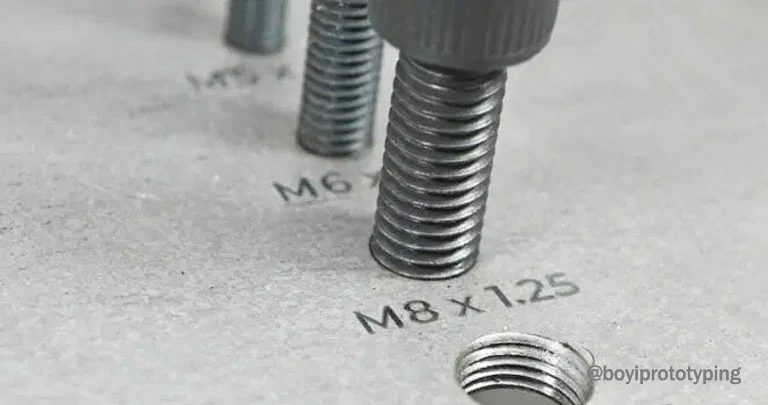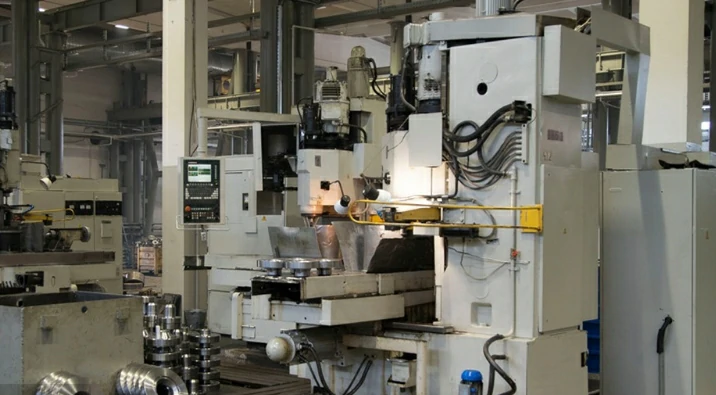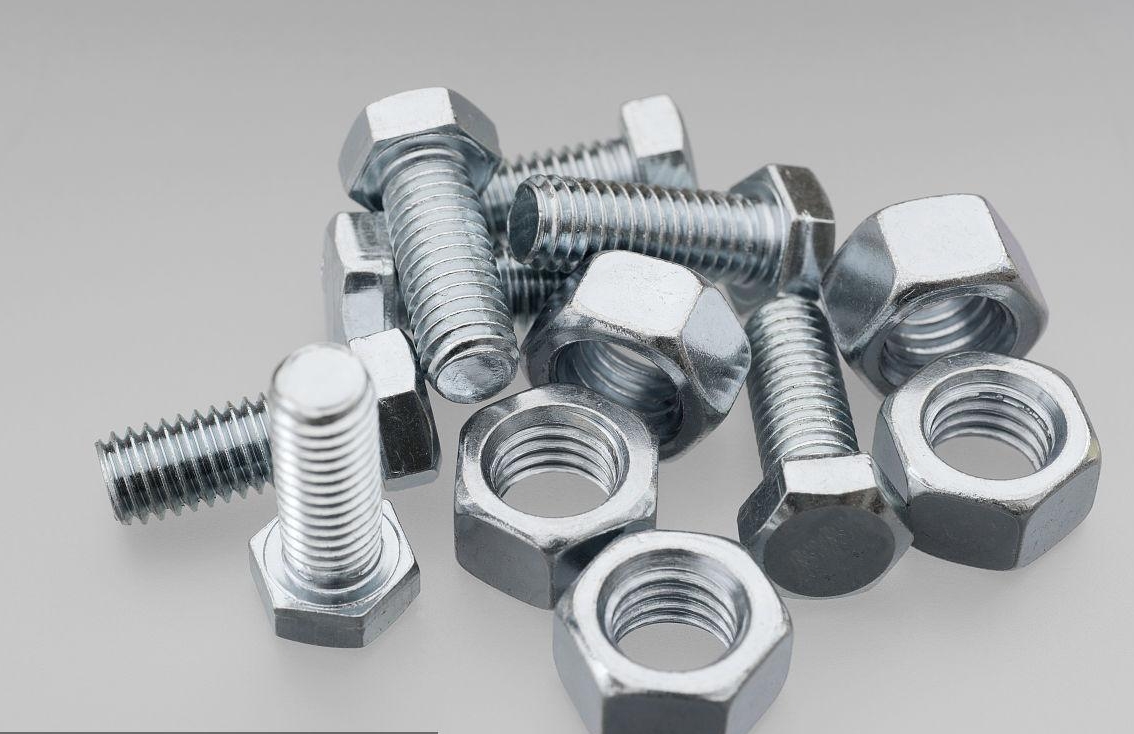Water jetting, also known as water jet cutting or abrasive jet cutting, is a cutting process that utilizes a high-pressure stream of water, sometimes mixed with an abrasive substance, to cut a wide variety of materials. This technique is widely used in various industries, including CNC (Computer Numerical Control) machining, due to its precision and ability to cut complex shapes without generating heat.

What Is Water Jetting?
Water jetting involves using a jet of water at extremely high pressures to erode the material being cut. When mixed with abrasives like garnet, the cutting power is significantly enhanced, enabling the process to cut through harder materials such as metals, ceramics, and composites.
Key Components
- Pump: Generates the high-pressure water needed for cutting.
- Cutting Head: Contains the nozzle and mixing chamber for abrasives.
- Nozzle: Increases the velocity of the water stream for cutting.
- Abrasives: Hard particles like garnet, added for cutting tough materials.
- CNC System: Controls the movement and operation of the cutting head.
History
Water jet cutting began in the late 1800s with hydraulic mining, where pressurized water was used to remove earth and extract minerals. In the 1950s, Dr. Norman Franz experimented with high-pressure water jets for cutting materials like wood, laying the groundwork for industrial water jetting. Significant advancements came in the 1970s when Dr. Mohamed Hashish developed abrasive water jet cutting, which allowed for cutting harder materials by adding abrasive particles to the water stream.
The technology was commercialized in the 1980s, with companies like Flow International producing water jet cutting machines. The 1990s saw the integration of CNC technology, enabling high-precision cuts and complex shapes. Since the 2000s, ongoing improvements in pump technology, nozzle design, and abrasive materials have enhanced efficiency and precision.
Today, water jet cutting is widely used in various industries for its versatility and ability to cut without generating heat. Future advancements are expected to further increase its speed, reduce costs, and expand its material capabilities.
Purpose of Water Jet Cutting
The purpose of a water jet, specifically in the context of water jet cutting, is to precisely deliver a high-pressure stream of water (sometimes mixed with abrasives) to cut through various materials. The water jet serves as the primary tool for material removal, utilizing its force and velocity to erode the material being cut.
In water jet cutting systems, the water jet is generated by a high-pressure pump and directed through a small, precisely engineered nozzle. This nozzle helps to focus and accelerate the water stream, increasing its cutting power and allowing for precise control over the cutting process.
The purpose of the water jet in this context is to:
- Cut Materials: The high-pressure water jet is capable of cutting through a wide range of materials, including metals, stone, glass, ceramics, composites, and more. By directing the water jet at the material to be cut, the force of the water erodes the material, creating clean and precise cuts.
- Preserve Material Integrity: Unlike traditional cutting methods like laser cutting or plasma cutting, water jet cutting does not generate heat. This lack of heat-affected zones preserves the integrity of the material being cut, preventing thermal distortion and maintaining its properties.
- Achieve Precision: The focused nature of the water jet, along with the ability to control its velocity and direction, enables high-precision cutting with tight tolerances. This precision is essential for industries that require accurate and intricate shapes in their manufacturing processes.
- Reduce Environmental Impact: Water jet cutting is considered environmentally friendly compared to other cutting methods. It uses water and natural abrasives, resulting in minimal waste and no hazardous fumes or gases, making it a greener option for industrial cutting applications.
How Water Jet Cutting Works?

Water jet cutting is a precise and versatile cutting method that uses a high-pressure stream of water, often combined with abrasive materials, to cut a wide range of materials. Here’s a detailed look at how the process works:
- High-Pressure Pump: The process begins with a high-pressure pump that pressurizes water to extremely high levels, typically ranging from 30,000 to 90,000 pounds per square inch (psi). This pressure is necessary to propel the water through a small orifice at high velocity.
- Water Inlet: The high-pressure water is channeled from the pump through a series of high-pressure hoses to the cutting head.
- Nozzle: At the cutting head, the water is forced through a small, precisely engineered nozzle, which further increases its velocity. In pure water jet cutting, this high-speed stream of water is sufficient for cutting softer materials like rubber, foam, and some plastics.
- Abrasive Addition: In some cases, abrasive particles, such as garnet or aluminum oxide, are mixed with the water to enhance the cutting capabilities. These abrasives significantly increase the cutting power of the water stream, allowing it to slice through hard materials like metal, stone, glass, and composites.
- Orifice and Nozzle: The pressurized water exits the system through a small orifice, usually made of synthetic ruby or diamond, which can withstand the intense pressure. As the water passes through the orifice, it accelerates, reaching speeds of up to Mach 3 (three times the speed of sound). The nozzle then shapes the water stream into a precise cutting jet.
- Cutting Action: The high-speed, high-pressure stream of water (with or without abrasives) is directed at the material to be cut. The force of the water erodes the material, creating a precise cut. The cutting head can be moved in various directions, guided by CNC (Computer Numerical Control) technology, to create intricate shapes and patterns.
- Control System: In CNC machining, the movement of the water jet is precisely controlled by computer numerical control (CNC) software. This software translates digital designs into precise movements of the water jet, allowing for complex shapes and intricate patterns to be cut with high accuracy and repeatability.
- Catch Tank: The water and eroded material are collected in a catch tank below the cutting table. This tank helps to reduce splash and contain the cutting debris, making the process cleaner and more efficient.
Advantages and Disadvantages of Water Jet Cutting
This table provides a clear overview of the strengths and limitations of water jet cutting, helping to assess its suitability for various industrial applications.
| Advantages | Disadvantages |
|---|---|
| The process does not generate heat, preventing thermal distortion and preserving material properties. | Compared to methods like laser cutting, water jet cutting can be slower, especially for thicker or harder materials. |
| Can cut a wide variety of materials, including metals, stone, glass, ceramics, and composites. | The initial setup and maintenance of high-pressure pumps and precision nozzles can be costly. |
| Capable of achieving high precision and intricate shapes with tight tolerances. | Abrasive materials can wear out the nozzle and other components, requiring regular maintenance and replacement. |
| Uses water and natural abrasives, resulting in a cleaner process with no hazardous fumes or gases. | Cutting very thick materials can be challenging and time-consuming. |
| The precision of the cut reduces material wastage, which is economically and environmentally beneficial. | The process can be noisy and create a wet, messy environment due to the water and abrasive materials. |
| The same cutting head can be used for different materials, reducing downtime and tool changeover. | Spent abrasive material must be disposed of properly, which can add to operational costs and environmental considerations. |
| Unlike laser or plasma cutting, there are no fumes or gases that require special ventilation or health precautions. | Water consumption can be significant, and proper filtration and disposal systems are needed to handle wastewater. |
The Use of Water Jet Cutting
Water jet cutting is a versatile and precise method used across various industries for cutting a wide range of materials. Here are some common applications of water jet cutting:
| Industry | Application |
|---|---|
| Manufacturing | Cutting metal sheets, tubes, and profiles for automotive, aerospace, and machinery parts. Precision cutting of composites for aircraft and spacecraft components. Fabricating intricate parts for electronics and consumer goods. |
| Construction | Cutting stone, tile, and marble for architectural elements and flooring. Creating custom designs for countertops, sinks, and decorative features.Precision cutting of glass for windows, doors, and facades. |
| Automotive | Cutting sheet metal for car body panels, chassis components, and exhaust systems.Precision trimming of interior components like dashboard panels and upholstery.Fabricating gaskets, seals, and other rubber components. |
| Aerospace | Cutting titanium, aluminum, and other aerospace-grade metals for aircraft structures and components.Precision trimming of composite materials for aircraft interiors, wings, and engine components.Creating intricate patterns for insulation and thermal protection. |
| Mining | Cutting rocks, minerals, and ores in mining operations.Precision shaping of geological samples for analysis and testing.Trimming and profiling materials for construction and infrastructure projects. |
| Art and Design | Sculpting and carving various materials, including stone, metal, and glass, for artistic installations.Creating custom signage, logos, and branding elements from a variety of materials.Producing intricate patterns and designs for architectural features and interior décor. |
Water jet cutting’s ability to cut without generating heat and its versatility in cutting a wide range of materials make it a preferred method in industries requiring precision, flexibility, and efficiency. Whether it’s manufacturing complex aerospace components, crafting intricate architectural designs, or shaping artistic creations, water jet cutting plays a crucial role in modern production and fabrication processes.
Conclusion
Water jetting is a versatile and precise cutting method, particularly valued in CNC machining for its ability to cut complex shapes without affecting the material properties through heat.
At BOYI, we’re dedicated to bringing your visions to life with our state-of-the-art CNC machining services. With a commitment to quality, precision, and innovation, we deliver excellence in every project we undertake.
Our team of skilled engineers and technicians is equipped with cutting-edge CNC technology, allowing us to produce intricate components with unparalleled accuracy and efficiency. From prototyping to production runs, we specialize in crafting precision parts that meet your exact specifications, no matter how complex.
Whether you’re in aerospace, automotive, electronics, or any other industry, BOYI is your trusted partner for CNC machining solutions. Experience the difference of precision-crafted excellence with BOYI CNC Machining Services. Let’s bring your ideas to reality, together.
Let’s Start A New Project Today
FAQ
Water jetting utilizes a high-pressure stream of water, often combined with abrasive particles, to cut through materials. Unlike traditional cutting methods that generate heat, such as laser or plasma cutting, water jetting operates at room temperature, preventing heat-affected zones and preserving the material’s integrity. This makes it ideal for cutting heat-sensitive materials without causing warping or structural changes.
The precision of water jet cutting is one of its significant advantages. CNC (Computer Numerical Control) technology ensures that the water jet follows precise paths as programmed in the digital design files. This results in cuts with high accuracy, typically within a tolerance of ±0.001 to ±0.005 inches. The technology allows for the creation of intricate shapes and detailed patterns that would be challenging or impossible with other cutting methods.
Catalog: CNC Machining Guide

This article was written by engineers from the BOYI team. Fuquan Chen is a professional engineer and technical expert with 20 years of experience in rapid prototyping, mold manufacturing, and plastic injection molding.




